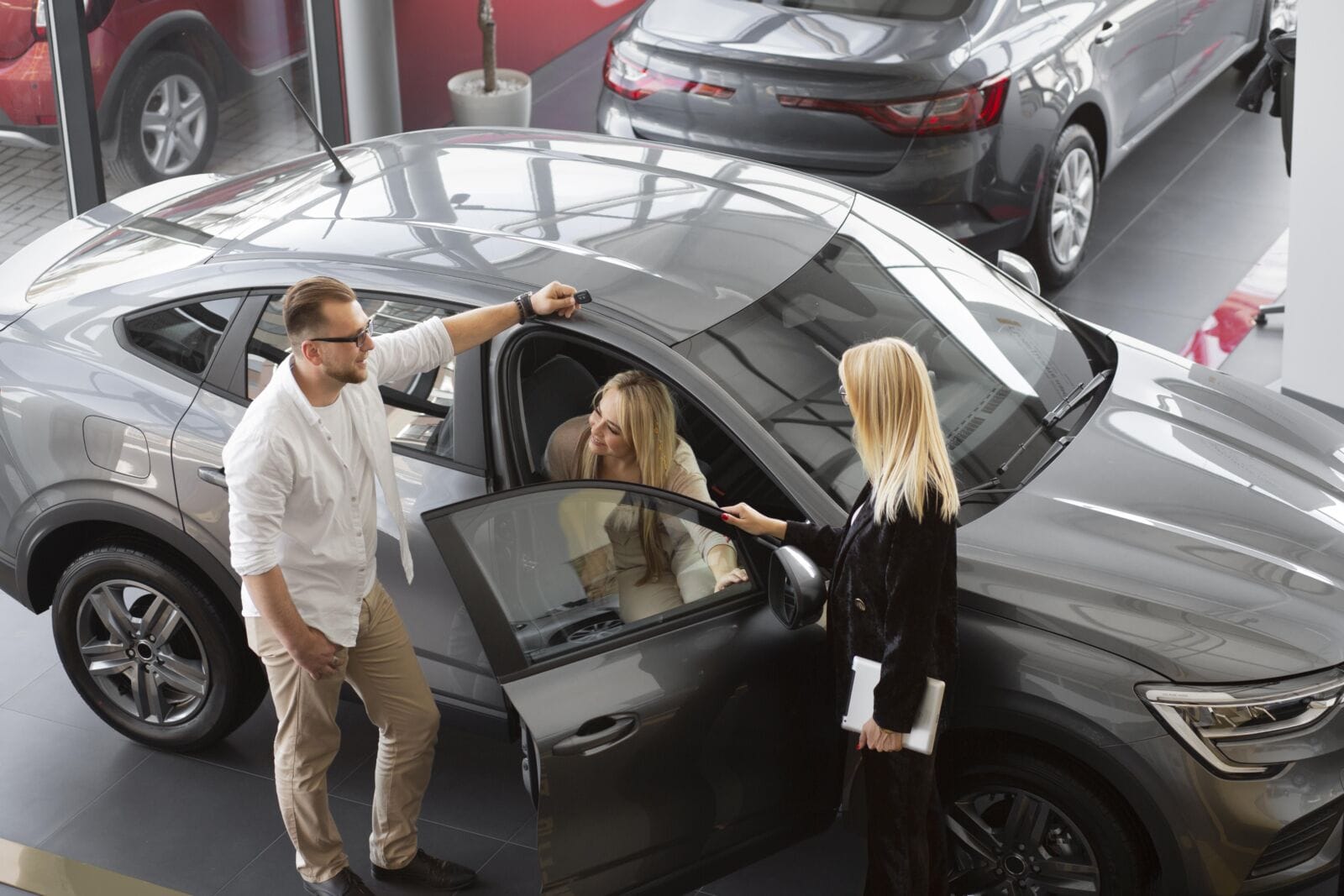Buying your first car is an exciting milestone, but it can quickly turn into a financial headache if you’re not prepared. Between dealership tactics, hidden fees, and the temptation to splurge, it’s easy to overspend. Fortunately, with a little research and a few smart strategies, you can save a significant amount of money and still drive away in a reliable vehicle. Here are practical money-saving tips every first-time car buyer should know.
FOOD NEWS: 10 celebrity chef restaurants to try in Arizona
1. Set a Realistic Budget
Before you step foot on a lot or browse online listings, determine how much you can afford. Don’t just look at the sticker price—consider insurance, fuel, taxes, registration, and maintenance costs. A common rule of thumb is that your monthly car expenses should not exceed 15% of your monthly income. Creating a total budget will prevent you from falling in love with a car that you can’t actually afford.
2. Buy Used Instead of New
A new car loses around 20% of its value the moment it leaves the dealership. After the first year, it may lose up to 30%. If you’re looking to get the most car for your money, consider buying a certified pre-owned (CPO) vehicle. These cars are inspected, refurbished, and often come with a limited warranty. You get the feel of a new car without the immediate depreciation.
3. Do Your Research
Knowledge is power, especially in the car-buying process. Use websites like Kelley Blue Book, Edmunds, and Consumer Reports to research car values, reliability, and safety ratings. Understand the fair market price of the car you’re interested in and be ready to negotiate. Also, compare prices from multiple dealerships or private sellers to find the best deal.
4. Get Pre-Approved for a Loan
Walking into a dealership without financing already in place puts you at a disadvantage. Dealerships often mark up loan interest rates to make extra profit. Instead, check with your bank, credit union, or online lenders to get pre-approved for an auto loan. This not only helps you set a realistic price range but also gives you leverage during negotiations.
5. Avoid Unnecessary Add-Ons
Dealers may try to sell you extras like extended warranties, paint protection, VIN etching, or gap insurance. While some add-ons may be useful, many are overpriced and not necessary. Evaluate each offer carefully and don’t be afraid to say no. You can often find the same services elsewhere for much less money.
6. Negotiate the Total Price, Not the Monthly Payment
Focusing solely on the monthly payment can lead to overpaying in the long run. Dealers might offer lower monthly payments by extending the loan term, which results in higher interest payments. Always negotiate based on the total cost of the car, not just what you’ll pay each month.
7. Get a Vehicle History Report
If you’re buying a used car, always request a vehicle history report from services like Carfax or AutoCheck. This report can reveal past accidents, title issues, and service records. It may cost a few dollars, but it can save you from buying a car with hidden problems that lead to expensive repairs down the road.
8. Have the Car Inspected by a Mechanic
Even if a used car looks great on the outside, there could be hidden mechanical issues. A pre-purchase inspection by a trusted mechanic may cost you $50–$100, but it’s a smart investment. It could help you negotiate a better price or avoid a bad deal entirely.
9. Shop at the Right Time
Timing can impact how much you pay. Dealerships often offer the best deals at the end of the month, quarter, or year when they’re trying to meet sales goals. Shopping on weekdays or during off-peak times also increases your chances of getting personalized attention and better prices.
10. Factor in the Total Cost of Ownership
Don’t just look at the purchase price. Consider long-term costs such as insurance premiums, fuel efficiency, maintenance frequency, and depreciation. For instance, a luxury car may seem affordable upfront but could cost thousands more each year in upkeep.
Conclusion
Buying your first car doesn’t have to drain your bank account. By setting a realistic budget, doing thorough research, and making informed decisions, you can find a vehicle that meets your needs and your wallet. Whether you plan to pay upfront or loan quote, understanding your financial limits is key to avoiding regret. Avoid emotional decisions and pressure from sales tactics. Instead, focus on long-term value and financial sustainability. With the right approach, you’ll not only save money but also gain confidence in your car-buying journey. Let your first car be the first smart financial decision in a lifetime of many.




